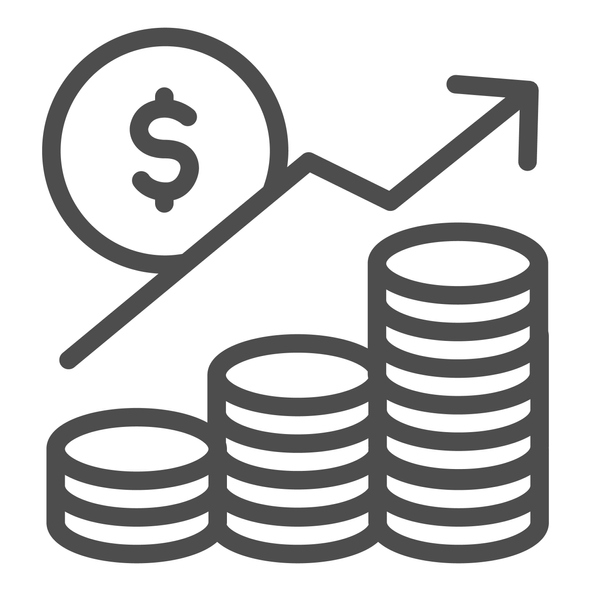Since March 2020, we have encountered things daily that challenge the status quo causing us to find a different way to do something. For example, we can now have video conference calls instead of in-person meetings. In addition, some employers have gotten away from 100% work in the office, allowing for more flexibility.
Our industry has certainly seen our fair share of change and challenges. Right now, we are currently experiencing much higher costs across the board. The price of fuel is rising, and supply is volatile, making planning and forecasting even more difficult.
Parts, services, and repairs for equipment have also seen a drastic uptick in cost and availability. There are much longer delays to order parts or get equipment into a shop, and once it is in, those repairs take longer to complete at a higher price point. In addition, extended downtime for equipment can create a ripple effect for business owners by lowering their fleet capacity and adding unplanned expenses for maintenance costs.
Unfortunately, there is no magic bullet or way to cause inflation to slow down. We can, however, help save money and increase dollars to the bottom line (lower bottom line costs – remove this phrasing) by using premium diesel year-round. It’s not uncommon for customers to be unwilling to spend another penny on premium fuel, but running a premium diesel makes even more sense when fuel costs are higher. The savings premium fuel offers in fuel economy more than it pays for itself. For instance:
- If someone pays $5/gallon of fuel and travels 100K miles at a fuel economy of 6 MPG, their fuel will cost $83,333.35
- Premium fuel increases overall fuel economy by 3.5% on average.
- If the fuel economy of the same vehicle increases to 6.21 MPG, even if premium fuel costs an additional $.10/gallon, they will save $1,207.74 on the fuel cost.
Those cost savings don’t even begin to factor in other maintenance costs that premium diesel additives can help reduce. For example, premium fuel extends the life of fuel filters and fuel injectors while increasing efficiencies and resulting in cost savings for fuel consumption, equipment parts, service, and less downtime. Reducing equipment downtime might be the most significant savings because equipment can’t make money when it’s in the shop for repairs.
Even though premium fuel might cost more at the pump, it is a proven way to save money on equipment and operation.
By: Marshall Root – Major Account Executive, mroot@teametp.com
